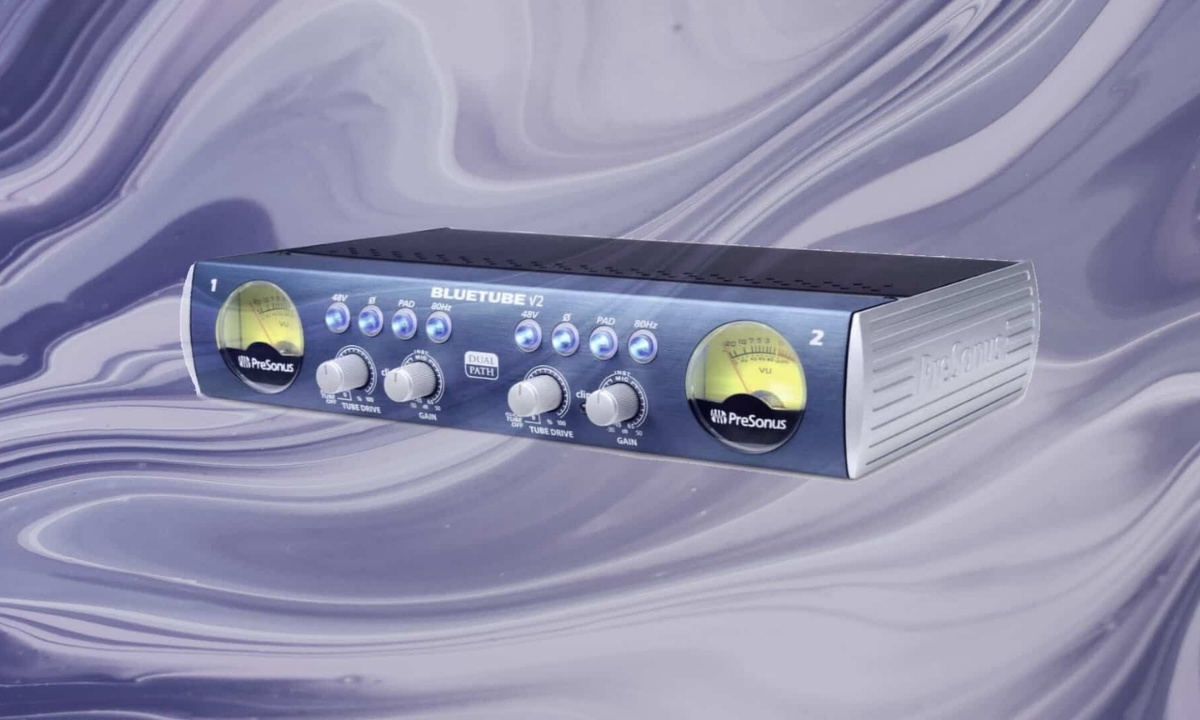
What is a microphone preamp? A microphone preamp is a device that boosts the weak electrical signal from a microphone to a level suitable for further processing. Without a preamp, the sound captured by a microphone would be too faint to work with effectively. Preamps are essential in recording studios, live sound setups, and even home recording environments. They come in various forms, from standalone units to built-in features in audio interfaces and mixers. Quality preamps can significantly enhance the clarity, warmth, and overall quality of your recordings. Understanding the role and importance of a microphone preamp can elevate your audio game to the next level.
What is a Microphone Preamp?
A microphone preamp is an essential piece of audio equipment that amplifies the weak electrical signal from a microphone to a level suitable for further processing. Without it, recordings would be too quiet and lack detail.
-
Amplifies Weak Signals: Microphone preamps boost the low-level signals from microphones, making them strong enough for mixing and recording.
-
Improves Sound Quality: By amplifying the signal, preamps help capture more detail and nuance in the audio, leading to clearer and more professional-sounding recordings.
-
Reduces Noise: High-quality preamps can minimize unwanted noise and interference, ensuring a cleaner sound.
Types of Microphone Preamps
Different types of preamps offer various features and benefits. Understanding these can help you choose the right one for your needs.
-
Tube Preamps: Known for their warm, rich sound, tube preamps use vacuum tubes to amplify the signal.
-
Solid-State Preamps: These use transistors instead of tubes, offering a cleaner, more transparent sound.
-
Hybrid Preamps: Combine elements of both tube and solid-state designs to offer a balance of warmth and clarity.
Key Features of Microphone Preamps
When selecting a preamp, several features can significantly impact performance and sound quality.
-
Gain Control: Allows you to adjust the level of amplification to suit different microphones and recording situations.
-
Phantom Power: Provides the necessary voltage for condenser microphones, which require external power to operate.
-
Impedance Matching: Ensures the preamp and microphone work together efficiently, affecting the overall sound quality.
-
Low-Cut Filter: Helps eliminate unwanted low-frequency noise, such as rumble or hum.
Why Use a Microphone Preamp?
Using a preamp can make a significant difference in your recordings, offering several advantages.
-
Enhanced Clarity: Preamps can bring out the finer details in your recordings, making vocals and instruments sound more defined.
-
Greater Headroom: Provides more room for dynamic range, preventing distortion during loud passages.
-
Versatility: Many preamps offer multiple channels and features, making them suitable for various recording scenarios.
Famous Microphone Preamps
Some preamps have gained legendary status in the audio world due to their exceptional performance and unique sound characteristics.
-
Neve 1073: Renowned for its warm, musical sound, the Neve 1073 is a favorite among recording engineers.
-
API 512c: Known for its punchy, aggressive sound, the API 512c is a staple in many studios.
-
Universal Audio 610: Offers a vintage tube sound, making it popular for vocals and acoustic instruments.
How to Choose the Right Microphone Preamp
Selecting the right preamp depends on your specific needs and preferences. Here are some factors to consider.
-
Budget: Preamps range from affordable to high-end. Determine how much you're willing to spend.
-
Sound Character: Decide if you prefer the warmth of a tube preamp or the clarity of a solid-state model.
-
Features: Look for features like gain control, phantom power, and impedance matching that suit your recording setup.
-
Portability: If you need to record on the go, consider a compact, portable preamp.
Common Uses for Microphone Preamps
Preamps are versatile tools used in various recording situations. Here are some common applications.
-
Studio Recording: Essential for capturing high-quality vocals and instruments in a controlled environment.
-
Live Sound: Used in live sound setups to ensure clear, powerful audio for performances.
-
Broadcasting: Important for radio and TV broadcasts, where clear, professional audio is crucial.
-
Podcasting: Helps podcasters achieve a polished, professional sound.
Tips for Using a Microphone Preamp
Maximize the potential of your preamp with these practical tips.
-
Proper Gain Staging: Set the gain correctly to avoid distortion and ensure a clean signal.
-
Experiment with Settings: Try different settings to find the best sound for your specific microphone and recording situation.
-
Regular Maintenance: Keep your preamp in good condition by regularly checking connections and cleaning components.
The Final Note on Microphone Preamps
Microphone preamps are crucial in capturing high-quality audio. They amplify weak signals from microphones, ensuring clarity and detail in recordings. Whether you're a musician, podcaster, or audio engineer, understanding preamps can significantly enhance your sound.
Different preamps offer unique characteristics. Tube preamps add warmth, while solid-state preamps provide clean, transparent sound. Choosing the right preamp depends on your specific needs and the type of audio you're working with.
Investing in a good preamp can make a noticeable difference in your recordings. It’s not just about volume; it’s about capturing the nuances and subtleties of your performance. So, next time you set up your gear, remember the role of your preamp. It might just be the key to unlocking the full potential of your audio.
Was this page helpful?
Our commitment to delivering trustworthy and engaging content is at the heart of what we do. Each fact on our site is contributed by real users like you, bringing a wealth of diverse insights and information. To ensure the highest standards of accuracy and reliability, our dedicated editors meticulously review each submission. This process guarantees that the facts we share are not only fascinating but also credible. Trust in our commitment to quality and authenticity as you explore and learn with us.
